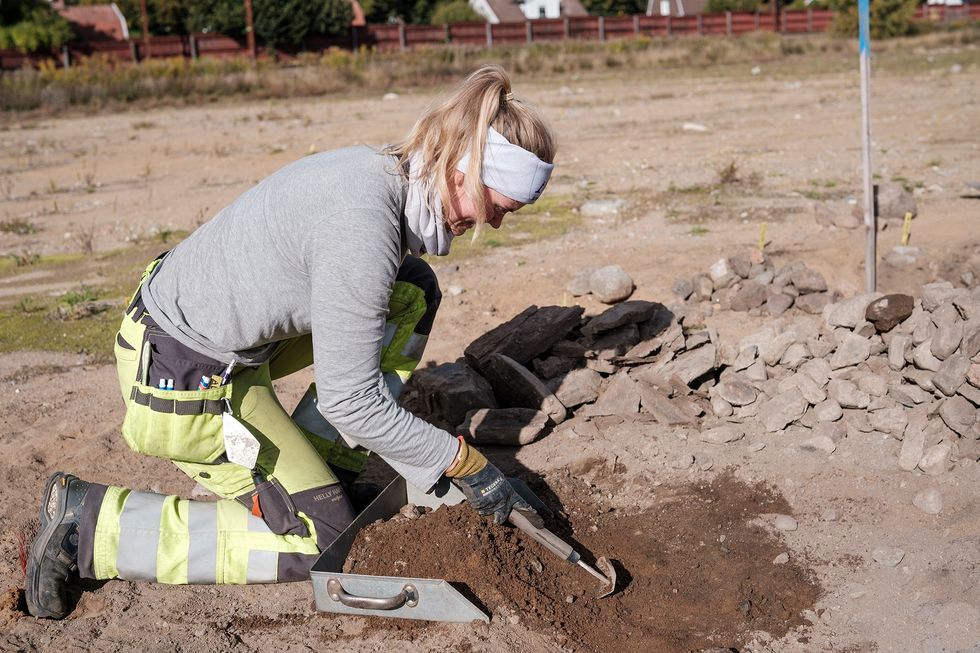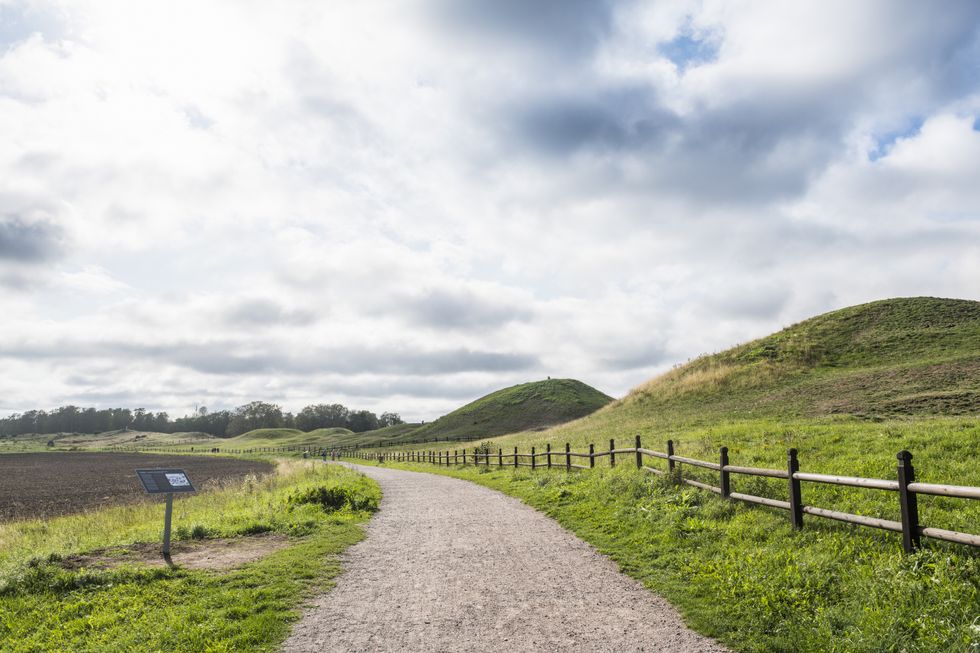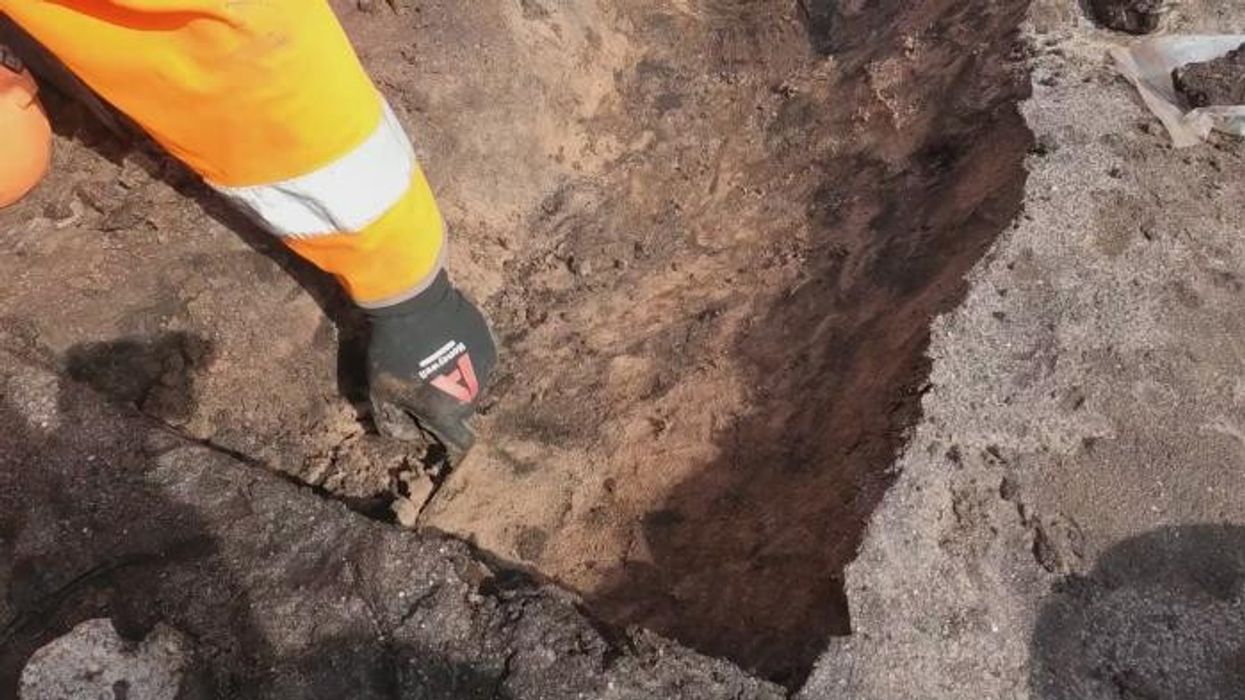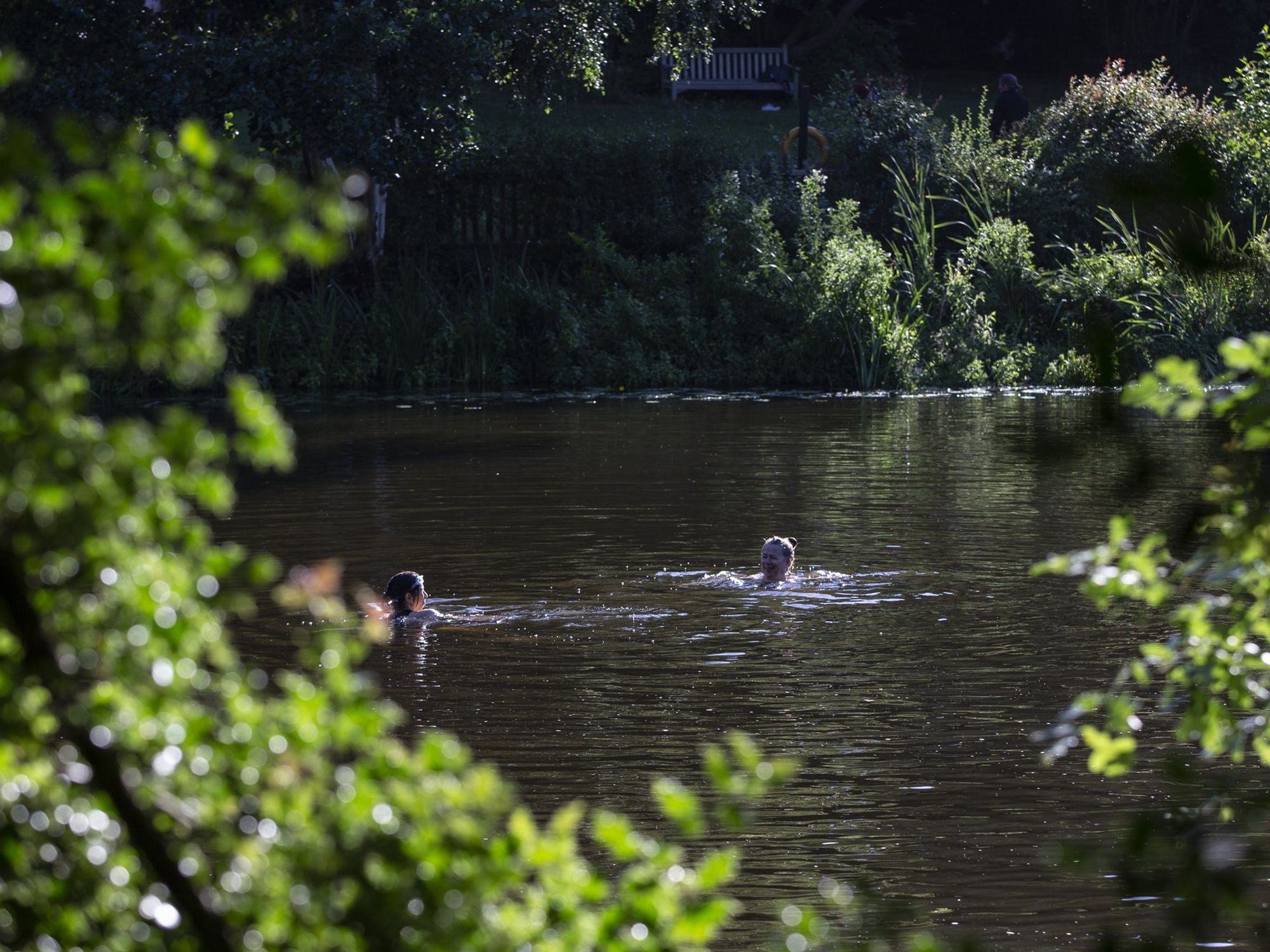Archaeologists discover terrifying 2,500-year-old burial of woman with knife stuck in grave
The burial was part of an incredible excavation, which unearthed almost 50 graves from between 500 BC and 400 AD
Don't Miss
Most Read
Latest
Archaeologists in Sweden have made a remarkable discovery, revealing a 2,500-year-old Iron Age woman's burial that has a peculiar feature.
The grave, found at the ancient cemetery site in Pryssgården in eastern Sweden, contained a small knife stuck into it.
Archaeologist Moa Gillberg, from Sweden's National Historical Museums, said: "We don't know why, but it is clear that it is meant for the woman."
The burial was part of a larger excavation that revealed nearly 50 graves dating from 500 BC to 400 AD.

Archaeologist Moa Gillberg, from Sweden's National Historical Museums, said that it was clear the knife was "meant for" the woman
|Henrik Pihl, Arkeologerna CC BY
The woman's grave stood out due to its "extremely sooty and thick layer of fire" and the iron folding knife thrust into the ground.
Researchers have theorised that the knife might have been on the funeral pyre before being placed in the grave.
Analysis of the remains inside the grave has suggested that the woman likely suffered from arthritis in her big toe.
While similar women's graves with comparable knives have been found in other Swedish burial grounds, Gillberg commented that this blade was "very well preserved".
LATEST ARCHAEOLOGICAL FINDS:
The excavation at Pryssgården was guided by historical records from 1667 - when Swedish priest Ericus Hemengius had catalogued ancient cemeteries in his parish.
Initially, archaeologists were uncertain if any graves remained, but preliminary investigations earlier this year uncovered bones, prompting further exploration.
Gillberg explained: "When we started to excavate the earth, there were two more small skull fragments and then smaller stone packings."
The team also found costume buckles and a pin using a metal detector, which confirmed they had likely found the burial ground that the priest had mentioned centuries ago.

The archaeological site has yielded more than just burials, as researchers have also uncovered evidence of two ancient houses and a large warehouse (Stock)
|GETTY
The archaeological site has yielded more than just burials, as researchers have also uncovered evidence of two ancient houses and a large warehouse.
A well was also discovered in the area, adding to the site's historical significance.
In total, archaeologists believe there could be about 50 graves at the location.
Gillberg said: "One pit turned out to be a fairly large post hole, so it may have been part of some kind of superstructure or boundary for the burial ground."
She has added that the team is working on finding more pits like the one they have found so far.











